Interfacing HC-SR501 PIR Motion Sensor with Raspberry Pi
All living beings radiate energy to the surroundings in the form of infrared radiations which are invisible to human eyes. A PIR (Passive infrared) sensor can be used to detect these passive radiations. When an object (human or animal) emitting infrared radiations passes through the field of view of the sensor, it detects the change in temperature and therefore can be used to detect motion.
HC-SR501 uses differential detection with two pyroelectric infrared sensors. By taking difference of the values, the average temperature from the field of view of sensor is removed and thereby reducing false positives.
Interfacing HC-SR501 with Raspberry Pi is easy because the output of sensor is Pi friendly ie. 3.3V and it can be powered from the 5V rail of Pi.
The PIR sensor, HC-SR501 consist of 3 pins:
- Vcc – 4.5V to 20V, Input power
- OUTPUT – TTL output of sensor 0V, 3.3V
- GND – Ground
Working of PIR sensor HC-SR501

The module has a rectangular window with two sub probes 1 and 2 located at two ends of the rectangle. When a body emitting infrared radiation moves from side to side, the time for each probe for detection varies. Larger the time difference, more sensitive the device. It also uses a Fresnel lens to improve sensing aperture and filter in infrared waves.
Adjustment
- For adjusting the detection delay (0.3 seconds to 600 seconds): Turn the potentiometer clockwise to increase and anticlockwise to decrease
- For adjusting the sensing distance (3 meters to 7 meters): Turn the potentiometer clockwise to increase and anticlockwise to decrease
Circuit diagram

Vcc, Output, Ground are connected to 2 (5V), 26 (GPIO) and 6 (GND) pins of Pi respectively.
Python Program
If you haven’t installed Python GPIO library or unfamiliar with Raspberry Python and GPIO pins, please go through our first tutorial Led Blinking using Raspberry Pi.
import RPi.GPIO as GPIO #Import GPIO library
import time #Import time library
GPIO.setmode(GPIO.BOARD) #Set GPIO pin numbering
pir = 26 #Associate pin 26 to pir
GPIO.setup(pir, GPIO.IN) #Set pin as GPIO in
print "Waiting for sensor to settle"
time.sleep(2) #Waiting 2 seconds for the sensor to initiate
print "Detecting motion"
while True:
if GPIO.input(pir): #Check whether pir is HIGH
print "Motion Detected!"
time.sleep(2) #D1- Delay to avoid multiple detection
time.sleep(0.1) #While loop delay should be less than detection(hardware) delay
Run the above program.
Note: The program can be calibrated for smaller detection (hardware) delay by using smaller Program delay(D1).
Output

Any doubts or suggestions? Comment below.


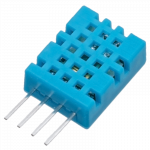

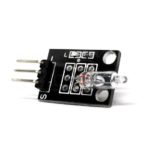



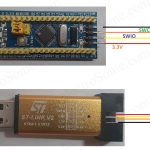

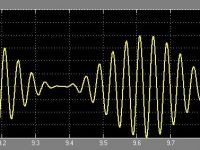






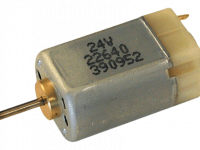
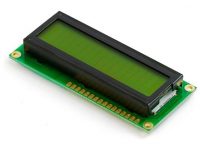

change to: GPIO.setmode(GPIO.BCM)
Yes, you are right. But it is still clear in the circuit diagram.
confirmed. Please correct this diagram
vcc and ground should be flip. teh picture is not right
Is the circuit diagram same for Rasperry pi B2 ?. I didn’t get the output by suing same connection in raspberry pi B2.